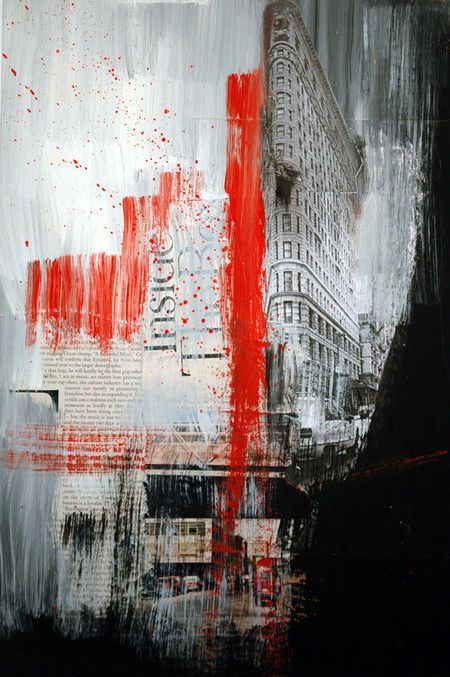
The Origins of Pop Art
Pop art originated in the mid-1950s in Britain and later gained momentum in the United States. It was a response to the dominance of abstract expressionism, which was considered elitist and disconnected from popular culture. Artists like Richard Hamilton, Andy Warhol, and Roy Lichtenstein embraced popular imagery and media, creating artworks that celebrated consumerism, mass production, and the burgeoning celebrity culture.
Characteristics of Pop Art
One of the defining characteristics of pop art is its use of imagery from popular and mass culture. This can include advertisements, comic strips, celebrity images, and everyday objects. Artists often used bright, bold colors and techniques like screen printing to replicate the mechanical reproduction of images, highlighting the mass-produced nature of consumer goods. The use of popular imagery was a deliberate choice to blur the boundaries between high and low art and challenge traditional notions of artistic expression.
Expressive Attributes of Pop Art
Unlike some other art movements, pop art aims to capture the mundane and commonplace aspects of modern life. It seeks to provoke a critical examination of consumer culture and the pervasive influence of mass media. Through their use of popular imagery, pop artists express a sense of irony, humor, and critique, often challenging the viewer to reevaluate their relationship to the objects and images that surround them in everyday life.
Impact and Influence of Pop Art
Pop art has had a significant impact on the art world and popular culture. It pushed the boundaries of what could be considered art and expanded the definition of artistic expression. Its influence can be seen in various aspects of contemporary culture, from fashion and design to advertising and consumer products. The embrace of popular imagery and mass media by pop artists has shaped the way we understand and interact with the world around us.
Examples of Pop Art
Some of the most iconic examples of pop art include Andy Warhol’s Campbell’s Soup Cans and Marilyn Monroe series, Roy Lichtenstein’s comic strip-inspired paintings, and Claes Oldenburg’s larger-than-life sculptures of everyday objects. These works epitomize the playful and subversive nature of pop art, challenging traditional notions of art and inviting viewers to reconsider the objects and images they encounter in their daily lives.
Pop Art Today
While the original pop art movement may have emerged in the 1950s and 1960s, its influence continues to be felt in contemporary art. Many artists continue to draw inspiration from popular culture and mass media, creating works that reflect the visual language and iconography of our modern world. The legacy of pop art can be seen in the work of contemporary artists across various mediums, from painting and sculpture to digital media and installation art.
In conclusion, pop art is a significant art movement that has left an indelible mark on the art world and popular culture. Its embrace of popular imagery, bold colors, and mass-produced techniques has challenged traditional notions of artistic expression and expanded the boundaries of what can be considered art. The influence of pop art continues to be felt in contemporary art and culture, shaping the way we understand and engage with the world around us.
You can review our digital products by following us on Etsy.



